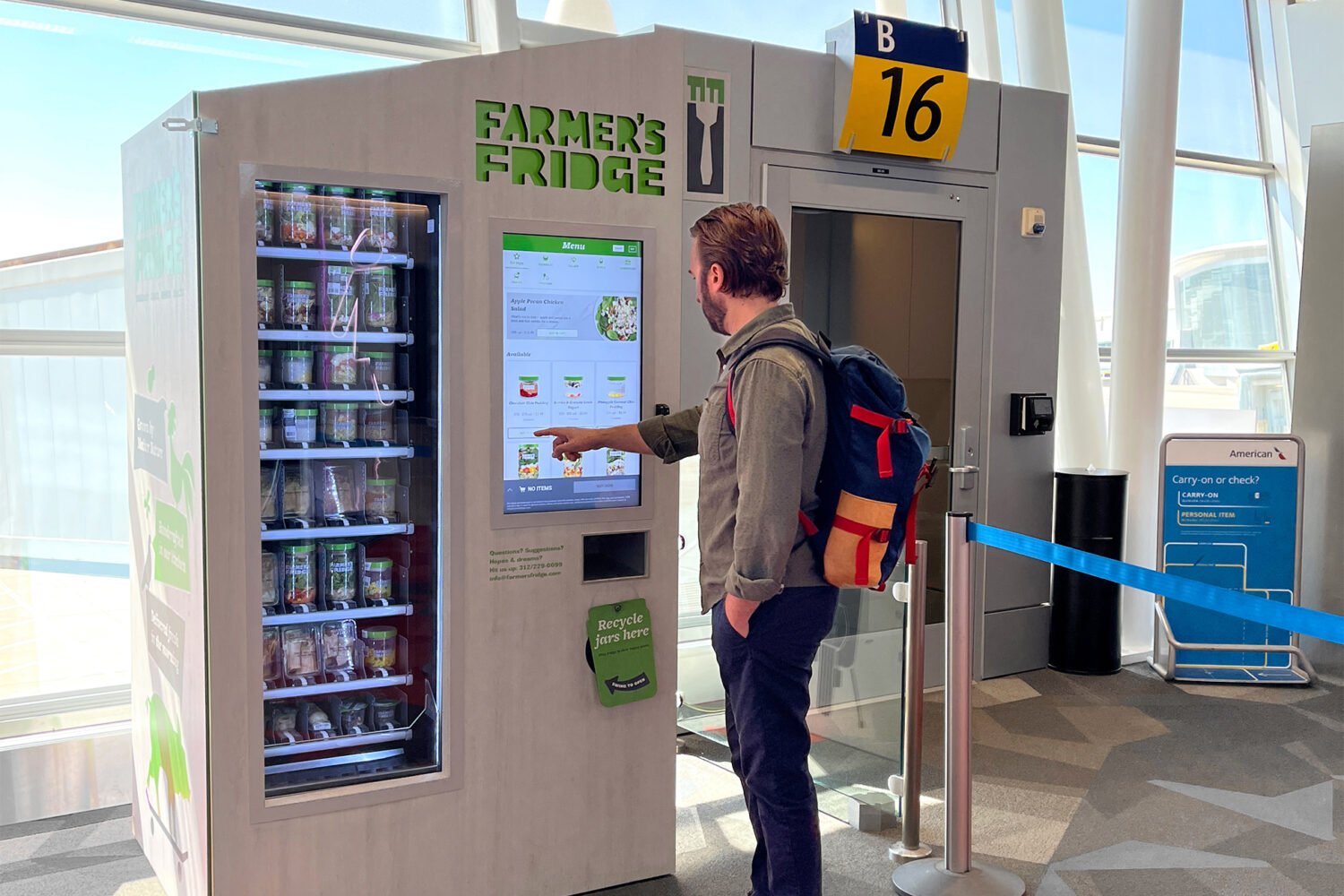Dr. Gray answers common questions on Invisalign. Dr. Gray can be reached at Giannini | Gray Dental Partners located at 4801 Wisconsin Ave NW, Suite 200, Washington, DC 20016. (202) 244-4111.
How can Invisalign plastic be as strong as metal braces?
Teeth move through bone by responding to a force placed on them. The force does not need to be too strong and in fact, excessive force can damage the roots and bone. The constant gentle pressure applied by the Invisalign plastic does a great job moving teeth as quickly as metal braces and has a huge cosmetic upside over the old metal railroad tracks.
How do I know if I am a good candidate for Invisalign or need old fashioned braces?
Good news! There are very few cases treated with traditional metal brackets that cannot be treated with Invisalign. The science behind tooth movement with plastic aligners grows at an exponential rate, due to the digital technology and data crunching capabilities at Align Technology headquarters in San Jose, California. Much like silver fillings, metal braces someday will be a thing of the past. Presently there are still some tooth movements that respond better to traditional metal brackets and some that respond better to Invisalign. Seek a consultation from a qualified Invisalign provider to get a time and cost estimate for your particular needs.
How much does Invisalign cost?
The fee for Invisalign should be about the same as traditional braces. Most doctors will base their fee on 1) the complexity of the case and 2) the amount of time required to complete treatment. A simple case, taking six months to a year will cost less than a challenging case taking 2+ years. Since the time commitment is about the same for fixed braces vs. Invisalign, and the cost is generally the same. It really comes down to compliance, or the patient’s commitment to wearing the removable aligners 22 hours a day. Generally, orthodontic fees in the Washington, DC area range from $3,000-9,000, again depending on how extensive the treatment is.
How long do I have to wear retainers for after orthodontics?
Regardless of the type of orthodontics (Invisalign or traditional fixed braces) you will need to wear retainers for the rest of your life – IF you want to keep your teeth straight. It does not matter how you move your teeth (they do not know!) – if they don’t have a constant reminder to stay in a certain position, they will drift and move. I like to share the following example with my patients: Every other part of their body is changing, hair turning gray, need stronger glasses, a few new wrinkles, pants are getting tighter), and the teeth are no different. They need something to keep them in their ideal position. Usually wearing removable retainers just during bedtime is sufficient – for the rest of your life.






